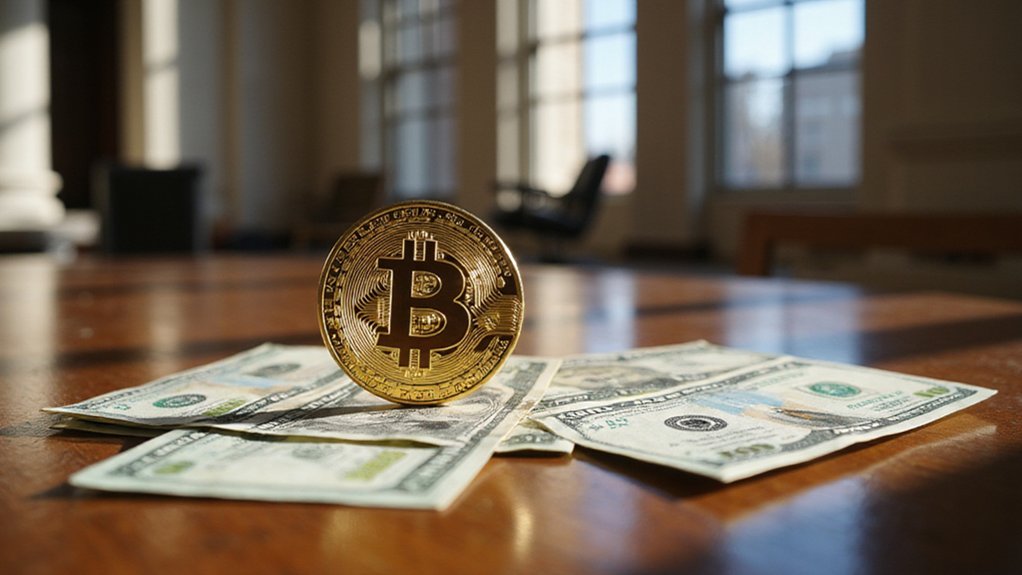While most former presidents content themselves with presidential libraries and speaking circuits, Donald Trump has initiated a decidedly more ambitious post-office venture: transforming World Liberty Financial into a $1.5 billion publicly traded crypto conglomerate. The endeavor represents perhaps the most audacious intersection of political power and digital asset speculation in modern American history.
World Liberty Financial, where Trump serves as “co-founder emeritus”—a title that somehow manages to be both grandiose and vague—aims to shift from issuing non-transferable governance tokens to becoming a Nasdaq-listed public company. The firm has already demonstrated considerable fundraising prowess, having raised approximately $550 million through two public token sales, with Trump personally accumulating 15.75 billion WLFI governance tokens and reportedly earning $57.4 million from these transactions.
The business model positions WLFI among the growing cohort of crypto treasury firms that acquire digital assets through debt and equity issuances. Their ecosystem encompasses USD1, a dollar-backed stablecoin that facilitated MGX’s remarkable $2 billion investment into Binance, alongside plans for a crypto-lending application to expand their decentralized finance offerings. This approach follows the playbook established by MicroStrategy’s pioneering model, which began accumulating Bitcoin in 2020 and has since built a treasury worth over $72 billion.
What makes this venture particularly remarkable (beyond the obvious political implications) is its timing with Trump’s pro-crypto regulatory stance. His recent executive order permitting 401(k) retirement plans to invest in cryptocurrencies creates favorable conditions for WLFI’s ambitions, though it simultaneously raises uncomfortable questions about potential conflicts of interest and insider trading advantages. The company’s expansion plans include venturing into crypto mining operations, with the Trump family broadening their crypto sector presence through multiple blockchain initiatives. The timing capitalizes on regulatory clarity that has increasingly driven institutional adoption across the cryptocurrency market.
High-profile investors have already taken notice, with Tron’s Justin Sun contributing $30 million and Web3Port adding $10 million. The company’s pitch emphasizes reshaping traditional finance through DeFi innovation—a noble goal that conveniently aligns with potentially extraordinary personal financial returns for its co-founder emeritus.
The targeted $1.5 billion raise would fund expansion of WLFI’s crypto asset holdings while establishing the new public holding company. Whether this represents visionary financial innovation or an elaborate monetization of political influence depends largely on one’s perspective regarding the intersection of governance and digital asset speculation.
Either way, it’s certainly more lucrative than writing memoirs.









